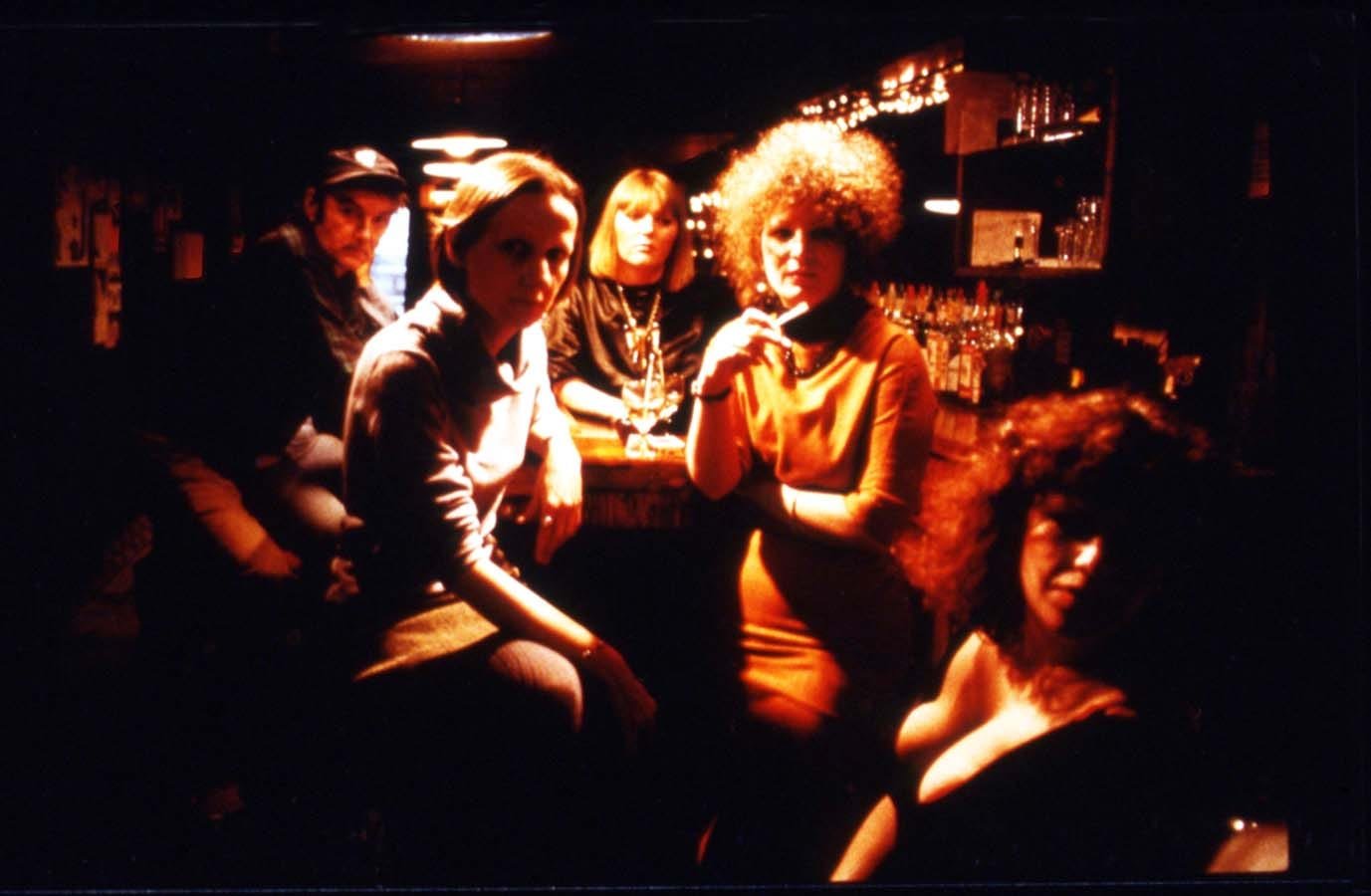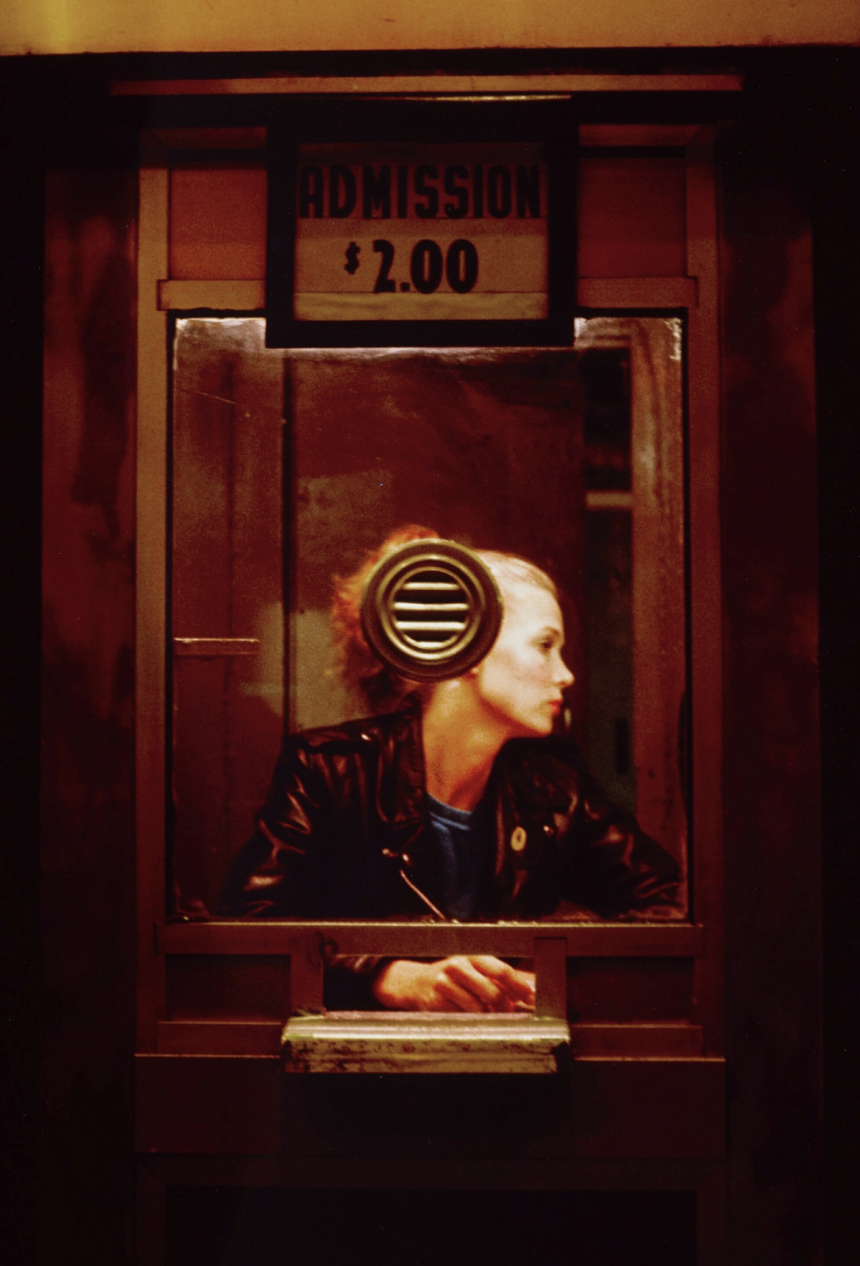Feeding the Appetites: Nan Goldin’s Movie Obsessions
In the four decades since she began her career in Boston as a photographer, Nan Goldin has used her own life as the narrative arc of an ever-evolving body of work. Searing in their intimacy and deeply influenced by cinema, her color-saturated photographs document her world and the friends and lovers in her circle, depicting the dramas of relationships both affectionate and abusive, the everyday lives of the LGBT community she has long been closely associated with, and the harrowing realities of the AIDS epidemic and the opioid crisis. Goldin remains most famous for The Ballad of Sexual Dependency, a series of 700 photographic portraits that she originally presented at underground venues like New York’s Mudd Club as an improvised live performance and slideshow, set to the music of the Velvet Underground and Maria Callas. When the project was shown at the 1985 Whitney Biennial, Goldin became an art-world star. But while she has earned her place in the canon of American photography, she has long dreamed of becoming a filmmaker.
This summer, New York’s Metrograph theater put the spotlight on Goldin’s recent film and video work, presenting the digital debut of her found-footage short Sirens and making her the first guest curator of its new streaming platform, where she programmed personal favorite films by Vivienne Dick and Michael Roemer. An exploration of the ecstatic pleasures of addiction, Sirens is an assemblage of clips from the work of Jack Smith, Henri-Georges Clouzot, Kenneth Anger, Lynne Ramsay, Michelangelo Antonioni, and other filmmakers, woven together by Mica Levi’s haunting score. Just as The Ballad metamorphosed over a period of time, so too has Sirens. A new, reedited version is coming to the Metrograph’s site this weekend, presented by Goldin alongside a secret film selection.
On the occasion of Sirens’ release, I got the chance to speak with the artist about her memories of moviegoing in a bygone era of New York and the ways that her lifelong passion for cinema has helped shape her vision.

